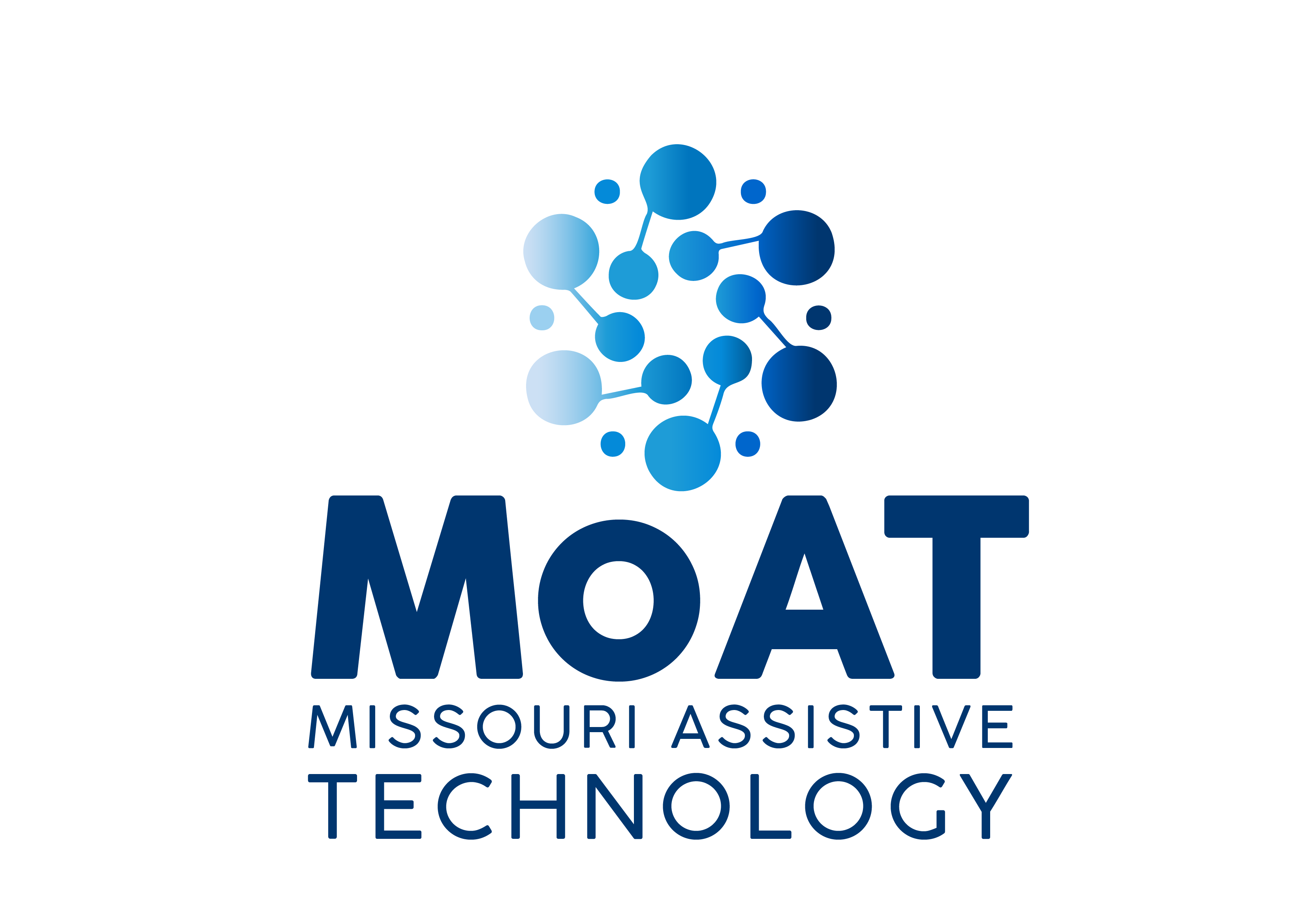When is it a school’s responsibility to provide an assistive technology device for a student when it is considered a personal device, such as a hearing aid?
When a school determines that a child with a disability required a device in order to receive a free appropriate education, and when the child’s IEP specifies that the child needs the device, the school has a responsibility to provide the device. This is true even when the device is a personal device such as a hearing aid.
This policy was clarified in a policy letter from the Office of Special Education Programs (OSEP) issued in 1993. The letter explained that in the past, it had been OSEP’s position that a school was not required to purchase a hearing aid for a student who was deaf or hard of hearing because a school was not responsible for providing a personal device. However amendments in 1990 to the Individuals with Disabilities Education Act (IDEA) added the terms “assistive technology device” and “assistive technology service” to the language of IDEA.
The definition of “assistive technology device” is “any item, piece of equipment or product system, whether acquired commercially or off the shelf, modified or customized, that is used to increase, maintain or improve the functional capabilities of children with disabilities.” Personal use devices such as hearing aids, wheelchairs and augmentative communication systems and other such devices are covered under this definition. Again, the question is not longer whether the device is a personal use device, but whether it is needed by the student to receive a free appropriate public education.
In addition, under IDEA, a school must ensure that assistive technology devices and assistive technology services, or both, are made available to a child with a disability if required as part of a child’s education, related services or supplementary aids and services. As such, when the IEP team has determined that a device, even those such as hearing aids, are needed for a child to receive a free appropriate public education, the school is responsible for providing the device at no cost to the child and his or her parents.

